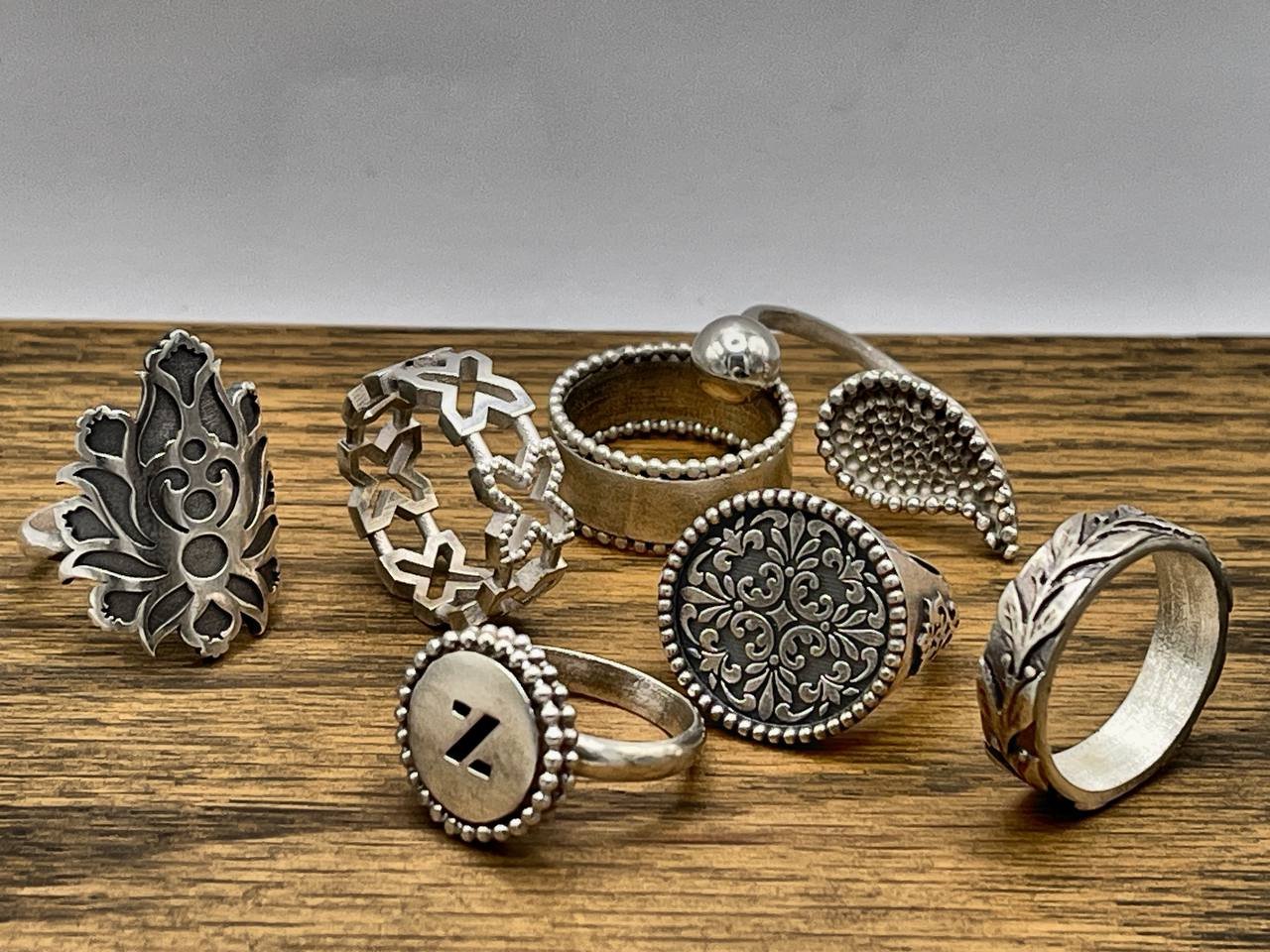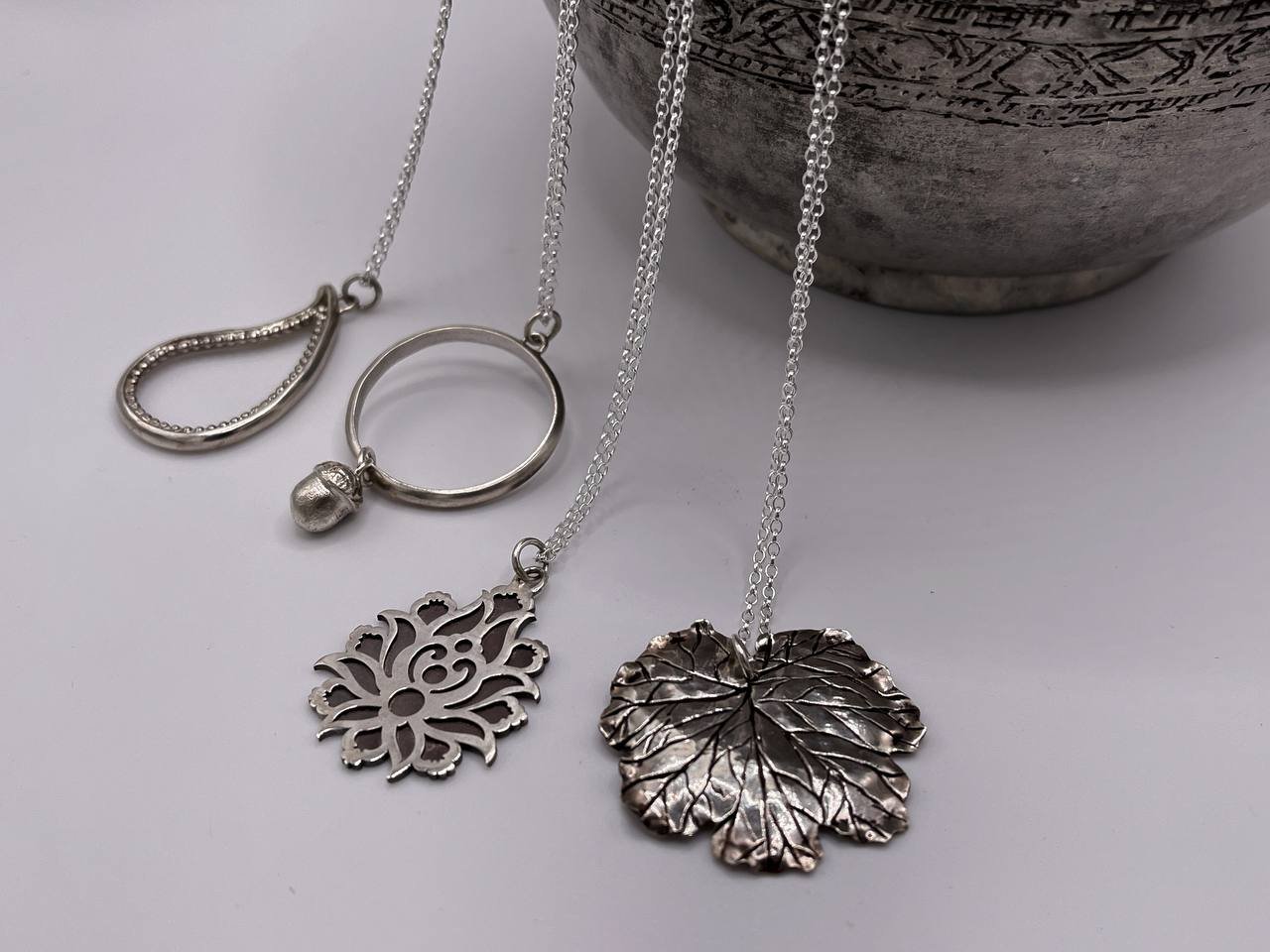The Chalipa, or Persian cross or Aryan cross is a symbol of profound significance in ancient Persia, where it was used both decoratively and spiritually. The Chalipa has been found across various forms of Persian art and culture, including textiles, jewellery, manuscripts, and architecture. While crosses are often associated with religious symbolism in the West, the Persian Chalipa predates these associations, representing diverse meanings connected to cosmic balance, the four elements, and the ancient Persian understanding of the universe. In this blog we will explore the origins of the Chalipa, its cultural significance, and its applications in Persian textiles, jewellery, and manuscripts.
Origins of the Chalipa
The Chalipa symbol traces its roots to ancient Persian civilization, long before the advent of Christianity or Islam. In ancient Persia, the cross was not associated with religious doctrine rather had cosmic and philosophical connotations. It represented the intersection of the earthly and the divine, the unity of opposites, and the natural order of the universe. The Chalipa’s shape—a simple cross made by two intersecting lines—could be interpreted as a meeting point between heaven and earth, with the vertical line symbolizing the divine realm and the horizontal line representing the material world.
In Zoroastrianism, the dominant pre-Islamic religion of Persia, the Chalipa could be seen as a representation of the four cardinal points of the universe: north, south, east, and west, which were believed to be under the divine protection of Ahura Mazda, the supreme god. Additionally, the Chalipa was a symbol of the four elements—earth, water, fire, and air—which played a critical role in ancient Persian cosmology.
While the precise origins of the Chalipa remain unclear, evidence of its use can be found in ancient Persian artefacts, architectural designs, and even prehistoric pottery, indicating its long-standing presence in the region. Over time, as Persian art evolved through various dynasties and cultural influences, the Chalipa took on new aesthetic and symbolic roles.
Symbolic Significance of the Chalipa
In its simplest form, the Chalipa symbolized unity and harmony, with its balanced arms signifying equality between opposing forces—light and darkness, good and evil, the physical and the metaphysical. This philosophical interpretation made the Chalipa a powerful symbol of duality and balance in ancient Persian culture.
Zoroastrianism’s emphasis on cosmic dualism—light and dark, good and evil—was reflected in the Chalipa’s structure. The symbol became a visual representation of the eternal struggle between Ahura Mazda (the god of light and truth) and Angra Mainyu (the spirit of chaos and darkness). This dualistic worldview permeated ancient Persian society, from its religious practices to its artistic expressions, making the Chalipa a common decorative motif.
The Chalipa’s cross-like design also suggested the intersection of different dimensions, making it a metaphor for crossing thresholds—between life and death, the known and unknown, and the physical and spiritual worlds. This gave the symbol a sense of sacredness, particularly in ancient rituals and architectural spaces that sought to connect the mundane with the divine.
Applications in Textiles
Persian textiles have long been renowned for their intricate designs and vibrant patterns, and the Chalipa motif played a central role in textile art. In ancient Persian textiles, such as carpets, tapestries, and fabric designs, the Chalipa often appeared as a repeating pattern or a central medallion. Its symmetrical form made it ideal for creating balanced and harmonious designs.
Carpets, in particular, often featured Chalipa motifs woven into their designs to symbolize protection and cosmic balance. These carpets were not only practical items but also carried spiritual and aesthetic significance, often given as gifts to demonstrate wealth, status, and cultural sophistication. The Chalipa pattern, with its geometric clarity, helped create a sense of order and symmetry in the overall design of Persian rugs.
In addition to carpets, Chalipa motifs adorned other textiles, including clothing and tapestries used in Persian palaces and sacred spaces. The symbol’s dualistic and cosmic connotations made it a common choice for textiles that were used in important ceremonies or rituals, imbuing these objects with deeper layers of meaning.
Chalipa in Jewellery
In ancient Persian jewellery, the Chalipa was used both as a decorative motif and as a talisman believed to bring protection and balance to the wearer. Persian goldsmiths and jewellers often incorporated the Chalipa into amulets, pendants, and other ornamental pieces, using it to symbolise harmony, unity, and spiritual protection.
Chalipa designs in jewellery were often made from gold, silver, and precious stones, reflecting the wealth and status of the wearer. For instance, a pendant with a Chalipa design could be worn as a sign of personal protection, reflecting the ancient belief in the symbol’s power to ward off evil and invite positive spiritual forces. The use of gemstones like turquoise, lapis lazuli, or agate within the cross-shaped design enhanced its meaning, as these stones were also believed to carry protective and healing properties.
These pieces were not just adornments but had spiritual significance, often serving as personal talismans or ceremonial objects that connected the individual to the cosmic forces represented by the Chalipa. Today, Chalipa-inspired jewellery remains a popular motif in Iranian and Persian-influenced designs, continuing the ancient tradition of integrating symbolic meaning with craftsmanship.
Chalipa in Manuscripts and Calligraphy
In illuminated Persian manuscripts, the Chalipa was a recurring motif used to structure and decorate religious and philosophical texts. In particular, it appeared in illuminated Qur’ans, poetry collections, and royal decrees, functioning as both a decorative element and a framework for complex geometric patterns.
Illuminated manuscripts from the Timurid and Safavid periods in Persian history often displayed Chalipa motifs alongside intricate calligraphy, combining artistic design with textual content. The symmetry of the Chalipa allowed scribes and artists to create intricate designs that echoed the cosmic balance symbolized by the cross itself. This integration of art and text was a hallmark of Persian manuscript design, where both form and content were equally important.
The Chalipa also frequently appeared in architectural manuscripts, where its design was used as a guiding principle for the geometric planning of buildings and monuments. The cross’s simplicity made it an ideal starting point for developing more elaborate designs in manuscript illustrations, providing a foundation for complex arabesques, floral patterns, and other geometric motifs.
The Chalipa, or Persian cross, is a timeless and significant symbol in ancient Persian culture, representing cosmic balance, duality, and the connection between the material and spiritual worlds. Its origins in ancient Persia, coupled with its philosophical ties to Zoroastrianism, made it a central motif in Persian art and craftsmanship. From textiles to jewellery, manuscripts to architecture, the Chalipa’s simple yet profound design allowed it to become a versatile and enduring symbol across various artistic forms.
In textiles, the Chalipa was woven into carpets and fabrics as a symbol of balance and protection, while in jewellery, it served as both a decorative motif and a talismanic symbol of spiritual strength. In manuscripts, the Chalipa’s geometric clarity provided a foundation for intricate illuminations and calligraphic designs, blending art and meaning seamlessly.
Today, the Chalipa continues to influence modern Persian art and design, reflecting a deep cultural legacy that celebrates harmony, unity, and the eternal interplay of opposing forces. Through its continued use, the Chalipa serves as a reminder of the rich history and spiritual depth of Persian civilization.






